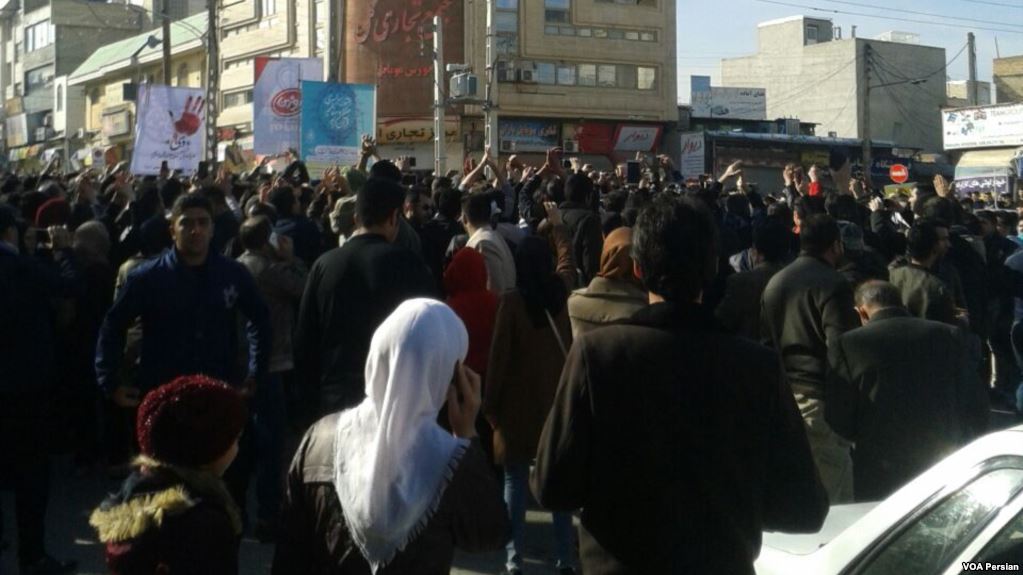By Nayon Ahmed, BA Politics
On 28th December 2017 protests in the city of Mashdad began; these protests soon spread rapidly across the country. Protesters have clashed with security forces, attacked government buildings and chanted scathing anti-government slogans. Officials supporting moderate President Rouhani have blamed those aligned with his rival, hardline cleric Ebrahim Raisi for inciting the protests. The situation in Iran however is more complex than just popular support for the conservative opposition of the president.
The protests in Iran are very heterogeneous. There is not a unified group of people organising and participating in the protests, nor do they all have the same motivations for their involvement. Even disillusioned former supporters of the regime have taken to the streets and joined the protestors. As is often the case with political demonstrations, there is a number of underlying long-term issues that are brought to the surface and culminate in widespread protests.
Trade unions and labour organisations in Iran, such as The Teachers Trade Unions Coordination Council (TTUC), have pointed towards poverty and poor economic conditions as a source of grievance for the protesters. On the other hand, there is a part played by the conflict between core and periphery. Some of the unrest originates in the periphery, where agrarian communities and marginalised ethnic minorities, including Iranian Turkmen and Kurds, feel exploited.
The protests in part are also a result of frustrations caused by exploitation of rural communities through the Bonyads, the charitable trusts that fail to provide for the poor whilst being accused of corruption and of enriching supporters of the regime. A sense of abandonment in rural areas and resentment of exploitation has contributed to the tensions. Unlike the protests of 2009, which began and took place mostly in urban areas of Iran, December’s protests began mostly in decentralised areas before spreading towards the urban centres of Iran.
There are also social factors that have led to the protests. The pertinence of these social factors is particularly significant for dissatisfied young Iranians. Protestors voiced their opposition to the strict dress code and moral repression. Women have been heavily involved in the protests as exemplified by the image of a woman removing her hijab in a public protest.
At least 20 people lost their lives in the unrest, including at least three security officers. Hundreds have been arrested in relation to the protests. The sudden wave of protests has been declared over. A commander of Iran’s Revolutionary Guards claimed on 3 January that what has been labelled as “sedition” is over, as thousands of people attended pro-government rallies sponsored by the state. Regime leaders have presented the unrest as part of a foreign conspiracy led by Saudi Arabia, Israel and the United States, although this is yet to be proved conclusively. Whether the government will now make major concessions in response to the protests is difficult to say. The protests have suggested nonetheless that Iranians are discontent with the level of state repression, administrative corruption and dire economic conditions.
